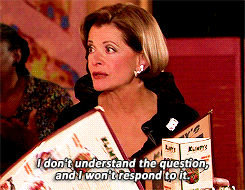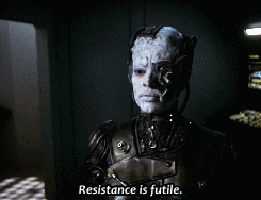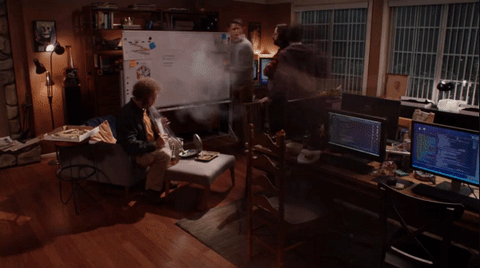by Nina Post
Shortly after we first met, my husband and I (spoiler: Reader, I married him) planned a weekend at Universal Studios.
I was in Orlando at a Cisco conference, which started on a Thursday. He couldn't get to Universal until Friday, after an investor meeting—and he flew from Fort Lauderdale to Orlando because there was no point in us having to drive two cars back.
I came to the airport and met him as he was coming out of the terminal.
I'm sure I started laughing right away (like can't-breath-laughing), because along with his T-shirt, he was wearing jean shorts, white tube socks, and black loafers. He had changed out of his work clothes after the meeting, but forgot to bring along another pair of shoes.
We went to an outdoor mall, where he found a Foot Locker. He was in there forever because they didn't have what he wanted. We went to two or three other stores, then ended up returning to the first Foot Locker, where he bought something he liked enough.
Years later, after we were married, he had a meeting near Portland. He had to leave the house at 4 a.m. to get to the Seattle airport, and I was up, too, because I always get up with him if he has an early flight.

It was too early for public transit, and he was taking a town car service to the airport. He dressed in a suit. I made him breakfast, then when he was ready to leave, I checked if he had his phone, boarding pass, etc.
He arrived at the Seattle airport.
I got an email.
He was still wearing his slippers.
I laughed. I laughed pretty hard.
(His shoes were moccasin-style, so it wasn't obvious before then.) By the time he got into the terminal, he had thought, "Oh crap, I'm still wearing my slippers."
His flight was leaving at 6 a.m. from Seattle, and stores didn't open until 6 or 7. He had to wear the slippers outside twice: walking to the small plane on the tarmac, and getting off the plane.
He arrived in Portland, and thought he'd have to take a cab to a shoe store or a mall and get shoes there, but luckily, since Nike is based near Portland, they had a huge store right in the airport terminal.
He went into the store, found an employee, and said, "I'm looking for shoes that wouldn't look ridiculous with this outfit."
They were pretty amused, but very helpful, and brought out a few options. He really liked a pair called Roshe Run*, which were lightweight, all-black running shoes.
The shoes he found turned out to be his favorite shoes ever. He ended up tracking down another pair later, and always wears them with dress pants. When he goes to any meeting, or any event, he wears the Roshe with dress pants.
And I learned to have a better "leaving for a flight" checklist, including "Wearing the right shoes?"
I like checklists, and didn't like this flaw in my system, so I patched it.

The takeaway here is that when a frustrating thing comes up, totally unplanned, and you have to change your tactics at the last minute or deal with an unexpected situation—ook around. The solution could be closer than you think.
Oh, and use checklists.
*The closest version you can buy today is a Roshe One.
Like what you just read? Sign up for my newsletter!






